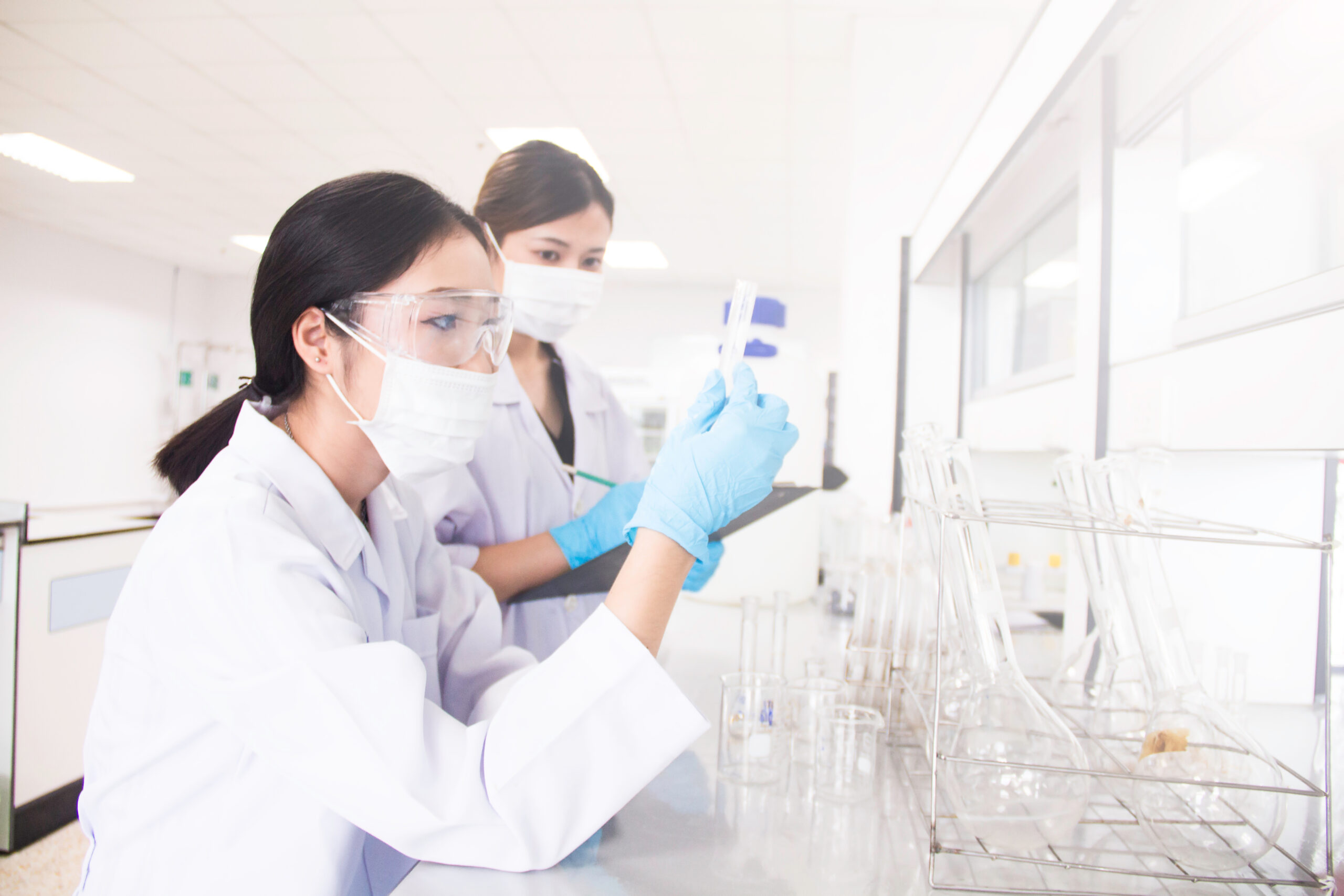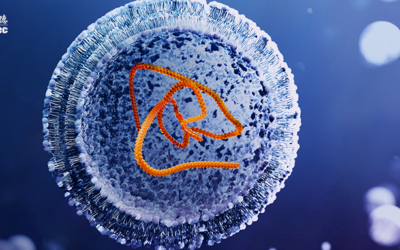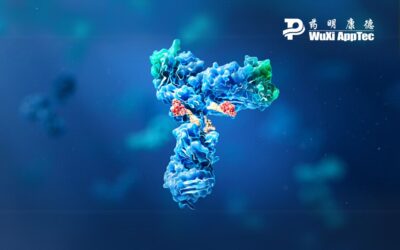In vitro assays have become an essential part of the drug development process. In vivo testing has always been limited by the translational gap between laboratory data and a drug’s eventual effect on humans. It’s not as commonly considered, but in vitro studies suffer from a similar chasm.
New technology is bridging that divide, however, and the number of instances where in vitro testing can be applied is growing. The excitement around in vitro assays signal a broader recognition of the need to transcend traditional methods for more scientifically robust alternatives. However, these methods today are not ready for widespread use. Continued success in this area could potentially reduce—and eventually eliminate—the reliance on in vivo testing, which is burdened with long-standing limitations.
The limitations of in vivo testing
In vivo assays remain the industry standard for determining toxicity in medical research, but times are changing. The use of animals in testing has raised ethical questions for decades, and although regulations and industry practices have sought to improve conditions for test articles, there are some who believe the entire practice can be avoided in the near future. The most commonly cited limitations of in vivo testing include:
It delivers valuable data, but it’s losing favor. The industry’s growing focus on the 3Rs—i.e., replacing, reducing and refining animal use in testing—necessitates alternative methods to collect usable toxicological data. Emerging regulatory guidance is following this direction, too. Scientists who disregard this shift and continue to place full emphasis on in vivo methods, may find themselves increasingly isolated.
There is limited predictability in how a drug will affect a human in the long term. Humans are biologically very different from other species, and although scientists can reliably predict the short-term effects of treatments through in vivo testing, long-term effects are still equivocal. Moreover, individual characteristics like age, genetics, family history, and lifestyle can lead to vastly different reactions to the same drug or compound—factors that cannot be replicated in research settings.
It is also costly and time consuming. The need for round-the-clock animal care and the associated labor resources and maintenance costs lead to longer testing timelines. Supply chain challenges brought on by the COVID-19 pandemic only highlighted the increasing logistical challenges that come with in vivo testing.
The use of in vitro assays today & into the future
In vitro assays have taken center stage particularly in the field of dermal testing. Advances in this area have been remarkable, leveraging lab-created skin models, such as reconstructed human epidermis or skin cell cultures. These developments enable the assessment of potential skin irritants without resorting to animal testing, thus aligning with the 3Rs.
Traditionally, dermal irritation was gauged using in vivo Draize tests on rabbits, a method now criticized for its potential inaccuracies in human skin irritation prediction and ethical concerns raised by animal welfare advocates. If in vitro technology were to advance to the degree some expect, it could indeed become the universally preferred method. The primary benefits of in vitro testing include:
Waning popularity: By eliminating the need for animals in testing, in vitro methods are gaining popularity. Some areas of testing are much more likely to see the move to in vitro happen faster than others, but any progress takes pressure off the industry to reduce, reuse, and refine animal testing.
Faster drug development: In vitro testing has the potential to speed up research significantly and allow novel therapies to reach patients faster. Logistically speaking, in vitro tests are easier to conduct and deliver results much faster.
Cheaper drug development: In vivo tests incur huge costs associated with the animals that are used. If more in vitro methods became available and approved, drug and device developers would save money.
More predictive power: Because of the vast differences between the biology of animals and humans, the potential predictive power of in vitro testing is much higher than in vivo assays. There is still some way to go with the technology, but the emergence of powerful artificial intelligence makes it even more likely that in vitro testing will become the dominant form of testing in years to come.
Looking ahead, advanced technologies like 3D human tissues and cultured cells, complemented by computerized predictions, promise to enhance the accuracy of toxicological data. In addition, “organ-on-a-chip” (OoC) technology—a novel approach that replicates human physiology in vitro—is emerging as a promising tool for early-stage research. Despite its potential, applying OoC’s in regulatory toxicology is not widespread due to regulators’ strict assay reliability requirements. These technologies are promising, to be sure, but completely replacing traditional methods with these approaches remains a goal for the future.
A final word
If in vitro testing continues to develop on its current trajectory, it promises to have a significant impact on medical research. Put simply, the method promises a quicker, more accurate, and more conscientious means of testing. Regulators worldwide are already beginning to adopt standards that encourage the use of in vitro tests, but progress has been slow outside of Europe and parts of Asia. In vitro testing is an area which will see great change in the coming years, and an experienced lab testing partner will be invaluable to sponsors and developers hoping to navigate that evolution smoothly and efficiently.
As a global company with operations across Asia, Europe, and North America, WuXi AppTec provides a broad portfolio of R&D and manufacturing services that enable the global pharmaceutical and life sciences industry to advance discoveries and deliver groundbreaking treatments to patients. Through its unique business models, WuXi AppTec’s integrated, end-to-end services include chemistry drug CRDMO (Contract Research, Development and Manufacturing Organization), biology discovery, preclinical testing and clinical research services, helping customers improve the productivity of advancing healthcare products through cost-effective and efficient solutions. WuXi AppTec received an AA ESG rating from MSCI for the fourth consecutive year in 2024 and its open-access platform is enabling around 6,000 customers from over 30 countries to improve the health of those in need – and to realize the vision that “every drug can be made and every disease can be treated.”


